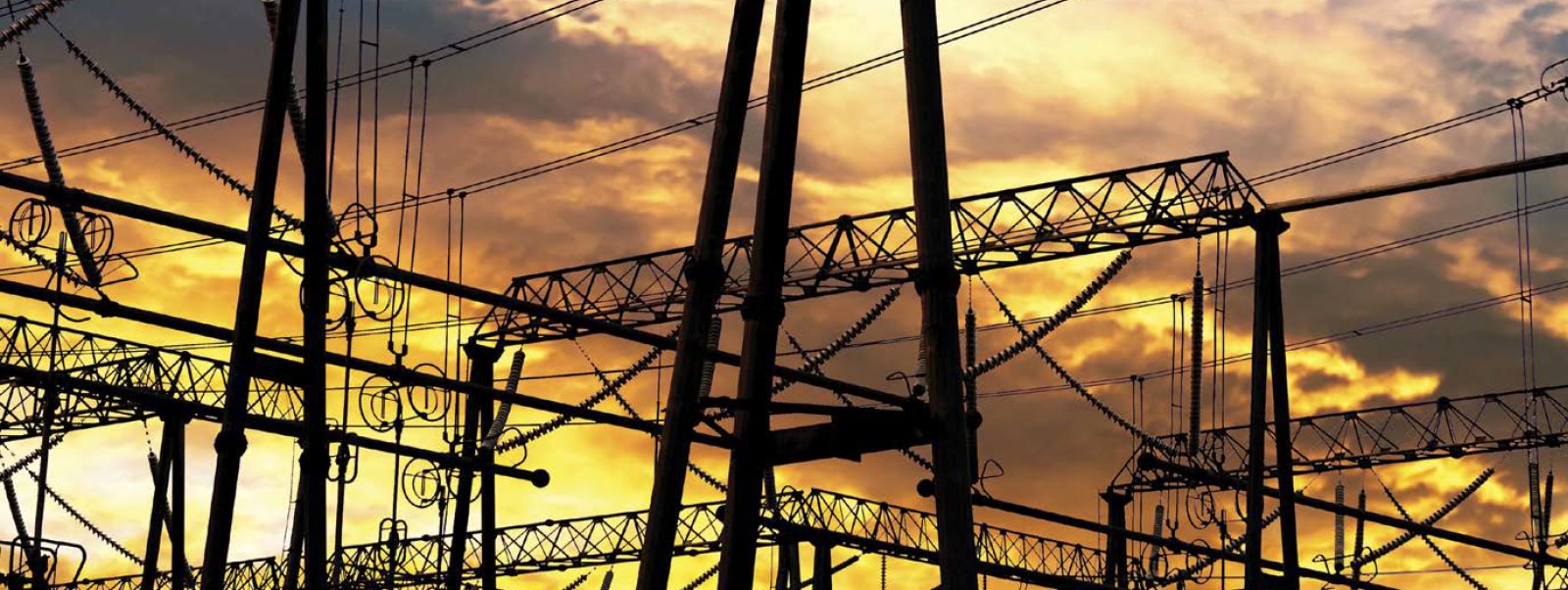A minimum of $40 trillion will need to be invested in energy infrastructure and an additional $8 trillion in energy efficiency initiatives by 2035, in order to meet rising global demand for energy, according to the International Energy Agency. The problem is that uncertainty around technological changes, energy politics, climate framework negotiations, underdeveloped economies and volatile energy and commodity prices are all adding a significant risk premium to the cost of capital for energy investments. In some cases, they are discouraging needed investment altogether.
Investors’ concerns are well founded. The impact of policy pronouncements can be severe for energy companies and investors – even when they are merely proposals. For example, the market valuation of United Kingdom-based energy firm Centrica shrunk by $1.7 billion within 24 hours after the leader of the UK’s main opposition, Ed Milliband, pledged in September 2013 to freeze consumer energy prices for 20 months if his party won the 2015 general election. The stock price of another UK-based energy firm, Scottish and Southern Energy, fell by 5 percent.
It’s clear that governments and the energy industry can’t permit the present status quo to continue. To build the sustainable energy systems of the future, they need to work together to discover a risk-return equation that will drive the investment needed. Most theories are developed at a macroeconomic level for what the right balance may be. But to truly understand how investors evaluate energy investments, you need to speak with the people who actually invest in, manage and govern the energy sector.
Over several years, together with the World Energy Council, Oliver Wyman has invited energy industry chief executive officers, key policymakers and leaders of the financial community to help identify the critical factors for attracting sufficient investment to deliver on the world’s energy requirements. Our discussions with energy industry stakeholders quickly focused on three basic conditions that must be met to attract greater investment in energy. Unlike complex macroeconomic forces, all of these conditions, while challenging, are still well within the control of energy companies, governments and investors. Below are the three keys that in our view are necessary to securing the investment needed in the sector:
CONDITION 1
Policymakers must clearly signal their future strategies and put in place lasting policy and regulatory frameworks. Investors consider coherent, long-term, accessible, predictable and transparent energy policies and regulations as a prerequisite for investing. These policies must also be coordinated with other energy-related areas such as transportation.
CONDITION 2
Adequate financial infrastructure must exist for funds to flow easily to the energy sector. This is especially true for developing countries and emerging technologies. Today, approximately 70 percent of investments are made in fossil fuel-related projects that are familiar to investors. Overcoming this bias toward established energy systems and driving investment in emerging markets will require new approaches to opportunity assessment and greater use of targeted financing mechanisms such as project finance as well as infrastructure and green bonds.
CONDITION 3
The energy sector must bring clearly bankable projects to the market. Today, preparing a project and arranging for funding can account for 5 to 10 percent of a project’s costs and add several years to the project’s development. But this gap could be narrowed if project capabilities were more widely available and governments, energy companies and investors embraced more standardized and transparent procedures. Already, there seems to be broad agreement on the basics required for projects to be supported, such as adequate financial and technical information, as well as participants with sufficient technical and management skills.
The message from Germany and elsewhere is clear. We face a considerable challenge in building the energy systems of the future. But if the energy industry’s stakeholders can find ways to drive the investment needed to take advantage of newly emerging approaches and technologies, the opportunities for growth are great.
Germany’s struggle to finance its transition to a more sustainable energy system is emblematic of a global challenge. Around the world, nations are confronting financing gaps as they seek to build energy systems that are secure, affordable and environmentally sustainable. Yet balancing these three dimensions of what the World Energy Council and Oliver Wyman define as the world’s “Energy Trilemma” is critical for global growth and prosperity.



